What's the Difference Between a Swim and Surf Wetsuit?
Supported by Orca.
You might think that all wetsuits are the same. But a quick game of spot the difference brings up some subtle (and not so subtle) differences. Now, that’s not saying you can’t wear a surf wetsuit (or watersports wetsuit) to swim in. Of course you can. But when you’re getting serious about swimming - You need a serious suit.
But for now, let’s break down what makes a swim specific wetsuit stand out:
Flexibility
Thickness
Neck seal
Ease of removal
Wetsuits for breaststroke
Flexibility
The base construction of a swim wetsuit is very different to that designed for surfing. Priorities change in the construction, where targeted areas of the body are provided with thicker (or thinner) neoprene to ensure maximum flexibility throughout the shoulders, buoyancy to elevate your chest and midriff, as well as thermal comfort.
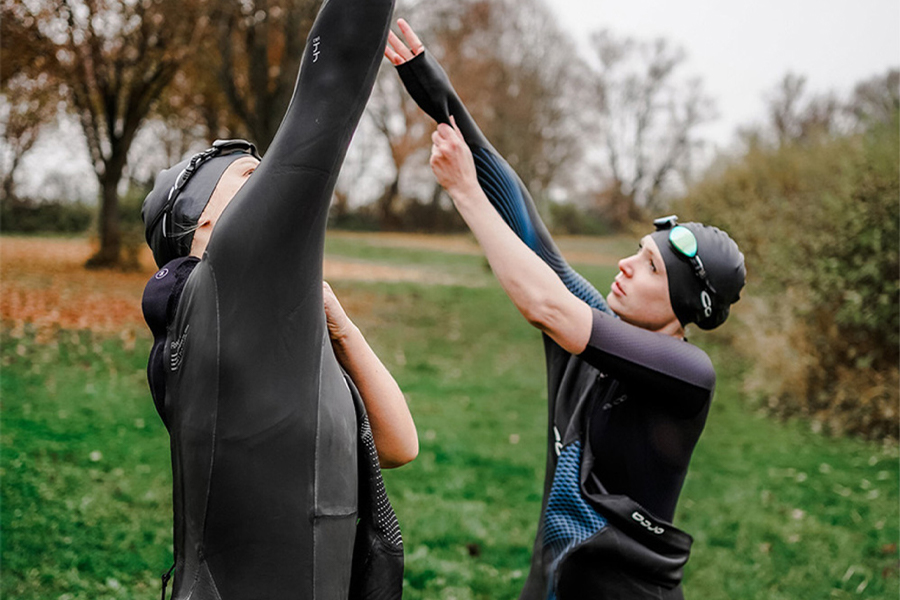
Let’s imagine a scenario; you have a 200m distance of open water, with two swimmers at the start line. One in a swim-specific suit (say the Orca Athlex Flex Triathlon Wetsuit) and the other in a surf suit. They are equally matched as athletes, with the only difference being the type of wetsuit they’re wearing. The one in the surf wetsuit will begin to feel fatigued faster, as free movement in the arms is reduced. This causes surf suits to feel restrictive around the shoulders, whilst encumbering rotation and increasing the risk of muscle ache.
In short, these specialist swimming wetsuits are designed with a swimmer’s natural movements in mind, where energy efficiency and drag reduction are paramount. In contrast, a surf wetsuit has to account for the amount of time you’re not actually moving when sat out back waiting for the next set to roll in. Simple.
Thickness
Another big difference is the thickness of the neoprene (or natural rubber equivalent). If you’re a surfer, over 50% of your body is going to be exposed to the elements when not paddling for waves. Therefore warmth is prioritised over flexibility, especially in winter wetsuits that can have a 6mm thick core. But for open water swimmers, you’re constantly in movement and majoritively submerged. But what’s the difference? Surely you’ll still get cold? The answer is science.
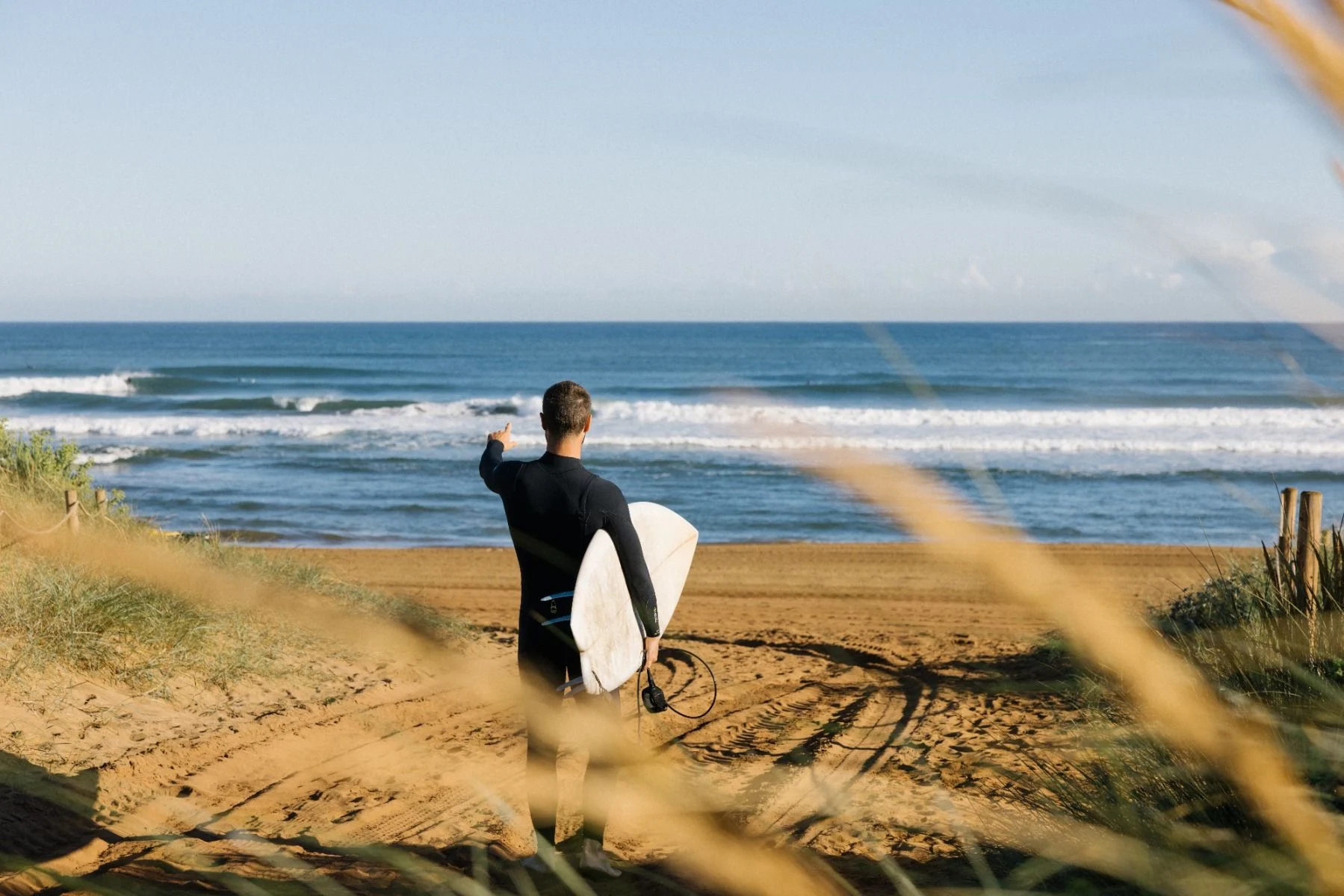
A wetsuit works by using your body to heat up the water trapped by the suit itself. A thicker wetsuit with a larger thermal lining means a higher insulating capacity, and thus more warmth.
Take the Orca Zeal Thermal Wetsuit vs the thinner Zeal Hi-Vis Wetsuit for example.
Neck seal
The neck seal on surfing wetsuits is usually much higher than those made for swimming. This can make them uncomfortable for longer swims and due to the repetitive head and shoulder movements of front crawl, you are likely to get some serious chafing or ‘surf rash’. For swimmers, neck lines are cut specifically to allow for increased head movement when swimming.
Ease of removal
Getting out of a wetsuit is not always easy. It feels like a right of passage. One that isn’t helped by cold fingers and aching legs. But when it comes to triathlons, it can be the difference between winning and losing. With transitions being classed as the 4th discipline in a triathlon. We recommend the Athlex Flow Triathlon Wetsuit.
If you want to learn more about how best to put on and remove a swim wetsuit, be sure to check out our guide on How to Care for your Swim Wetsuit.
Wetsuits for breaststroke
Yes, most wetsuits on the market are freestyle focused. But some are designed specifically for breaststroke, with more flexibility in the inside leg panels and a reduction in buoyancy in the lower half of the wetsuit to accommodate your more upright position in the water. This is a great option for less competitive river swimmers, or occasional sea swimmers looking to swim over the winter months.
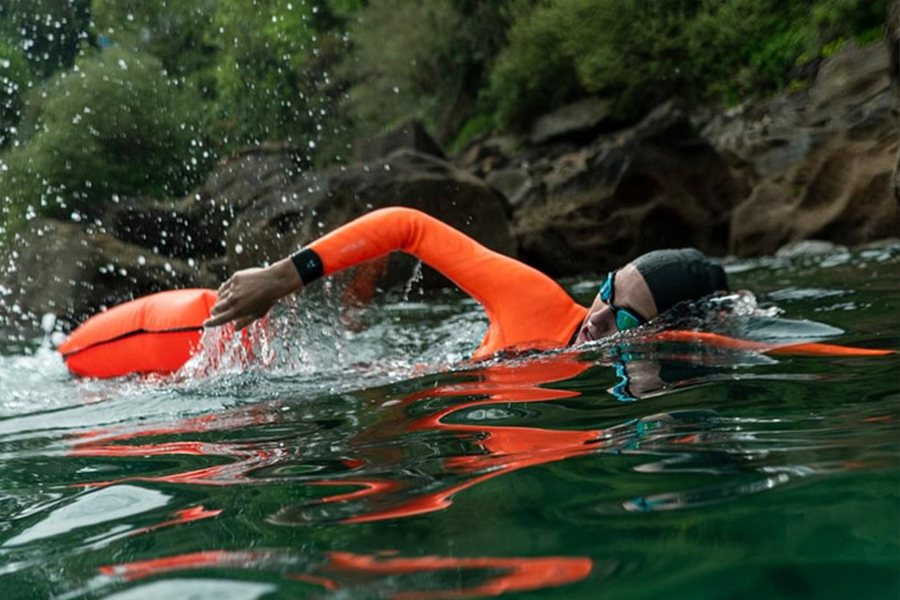
Now that’s not to say that you can’t wear a breaststroke wetsuit for freestyle (it will still feel far superior to a surf suit), but if you are looking to switch things up or just getting started in open water swimming, we recommend getting a good all-rounder such as the Orca Vitalis Hi-Vis (available in mens, womens, and youth sizing).
Need some more info about open water swimming?
Check out our other posts in collaboration with Orca…
A Guide to Choosing a Wetsuit for Open Water Swimming
How to Care for your Swim Wetsuit
9 Essentials for Open Water Swimming
A Beginner’s Guide to Competitive Open Water Swimming
Should I Buy a Specialist Open Water Swimming Wetsuit?
9 Training Tips for your First Triathlon
Orca wetsuit guide
-
Shop the full Orca range - HERE
Shop the full Orca wetsuit range - HERE
Updated on 28th March 2024
Originally published on 4th March 2024 in Wetsuit Guides



















































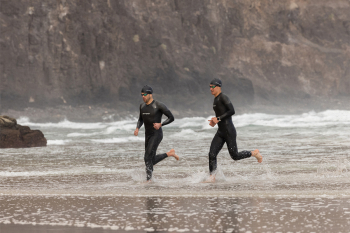



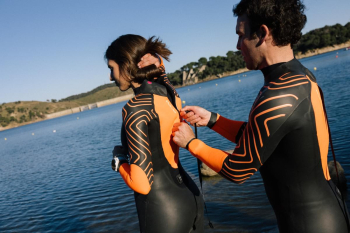
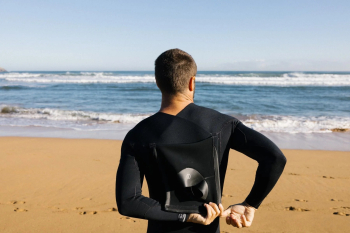

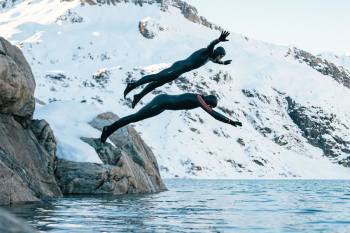

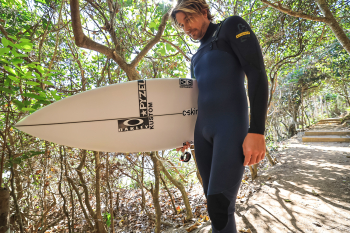
 Visit the US site
Visit the US site  Continue to UK
Continue to UK